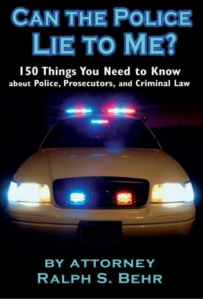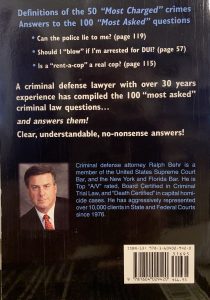 HOW TO REDUCE YOUR FEDERAL PRISON SENTENCE IF THE GUIDELINES CHANGED
HOW TO REDUCE YOUR FEDERAL PRISON SENTENCE IF THE GUIDELINES CHANGED
The Guidelines Commission has closed the comment period for a proposed rule change on how to reduce your federal prison sentence IF a revision to the Guidelines is in your favor: That means, IF you were before a federal judge for sentencing and the Sentencing Guidelines now are lower than when you were originally sentenced, you may get a “do-over”. The case that changed all this came out in June 2018: Koons v. United States, 138 S. Ct. 1783 (June 4, 2018).
What’s important here is that the sentencing guidelines commission proposed amendments which assure a process for sentence reduction. The take away is this: if your federal prison sentence would have been scored differently and the new sentencing exposure range is less than what it was at the time of sentencing, you can ask for a new sentencing hearing. At this new hearing, you can reargue all of the section 3553 sentencing considerations. This is a very big deal. It gets bigger if your zone changes. Since another rule amendment from the guidelines commission tells us that if you’re in zone A or B and you have no prior felony convictions, the recommendation is for a non-prison sentence.
So, here’s the sweet spot if you fit: If your sentence was within zone A or B and if the guidelines changed since your sentencing, you can under Koons, and soon using a proposed sentencing guideline rules change, have an entirely new sentencing hearing before your federal judge. Lots of people have called or written asking about the step-down act and its changes.
In a previous blog posting, I discussed the statute. The new statute really only helps the population of federal prisoners who have a low recidivism rate. The new statute, effective January 2019, tells us that you can get your sentence reduced if you are evaluated and determined to be at a very or reduced lower risk of recidivism. Recidivism means the likelihood that you’ll do the same crime again.
As a practical matter, when the sentencing guidelines commission proposed a rule change because of a Supreme Court decision, judges are more likely to travel down that road. Again, the take away is this. If your score is in zone A or B, you have no priors, it’s a nonviolent crime, and you’re in federal prison, you should contact your federal criminal trial lawyer and ask him to review your situation. A proposed rule is just that, a proposed rule…. but since the close of the comments, the likelihood that the rule will be promulgated before the end of 2019 is very high. You can see the sentencing guidelines commission proposed rule change as well as the case that started all this by pressing on the links embedded in the blog or you can contact me.
 South Florida Criminal Defense Lawyer Blog
South Florida Criminal Defense Lawyer Blog








